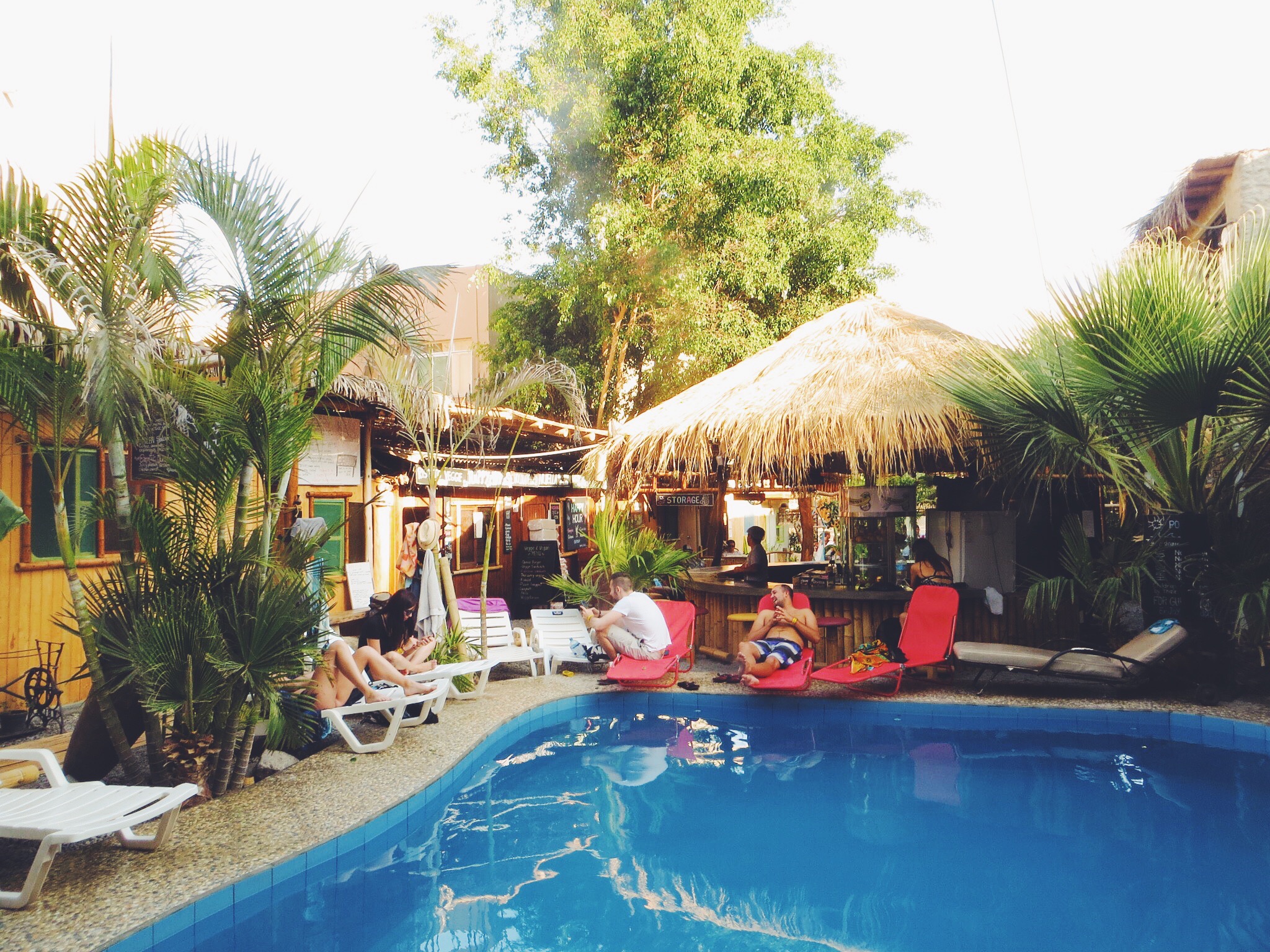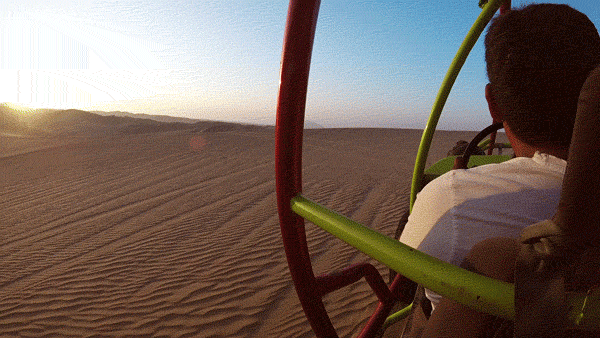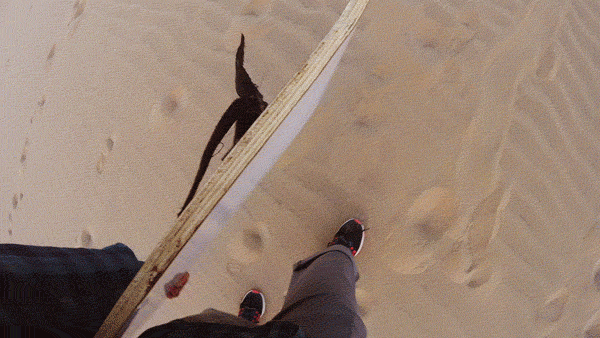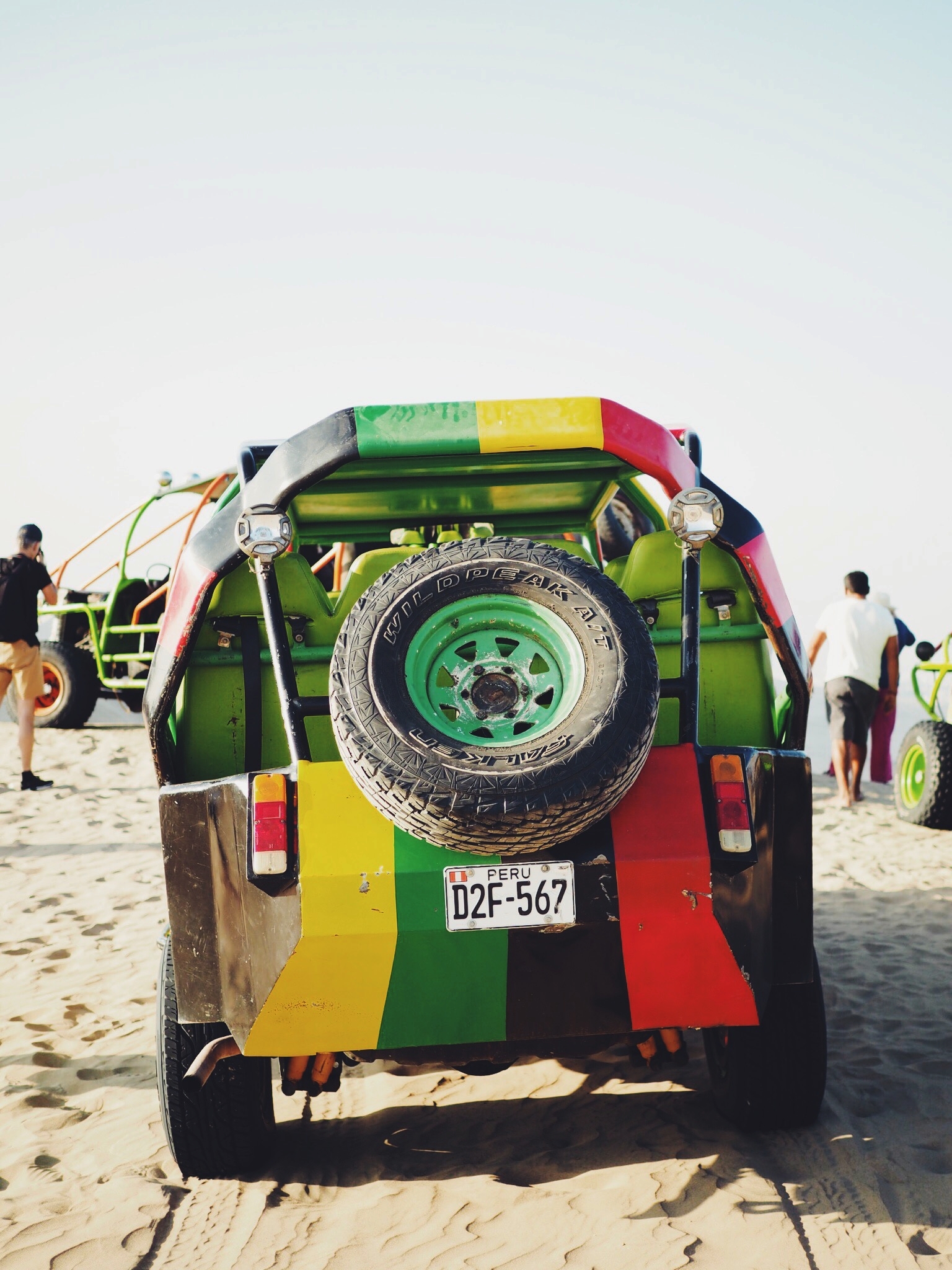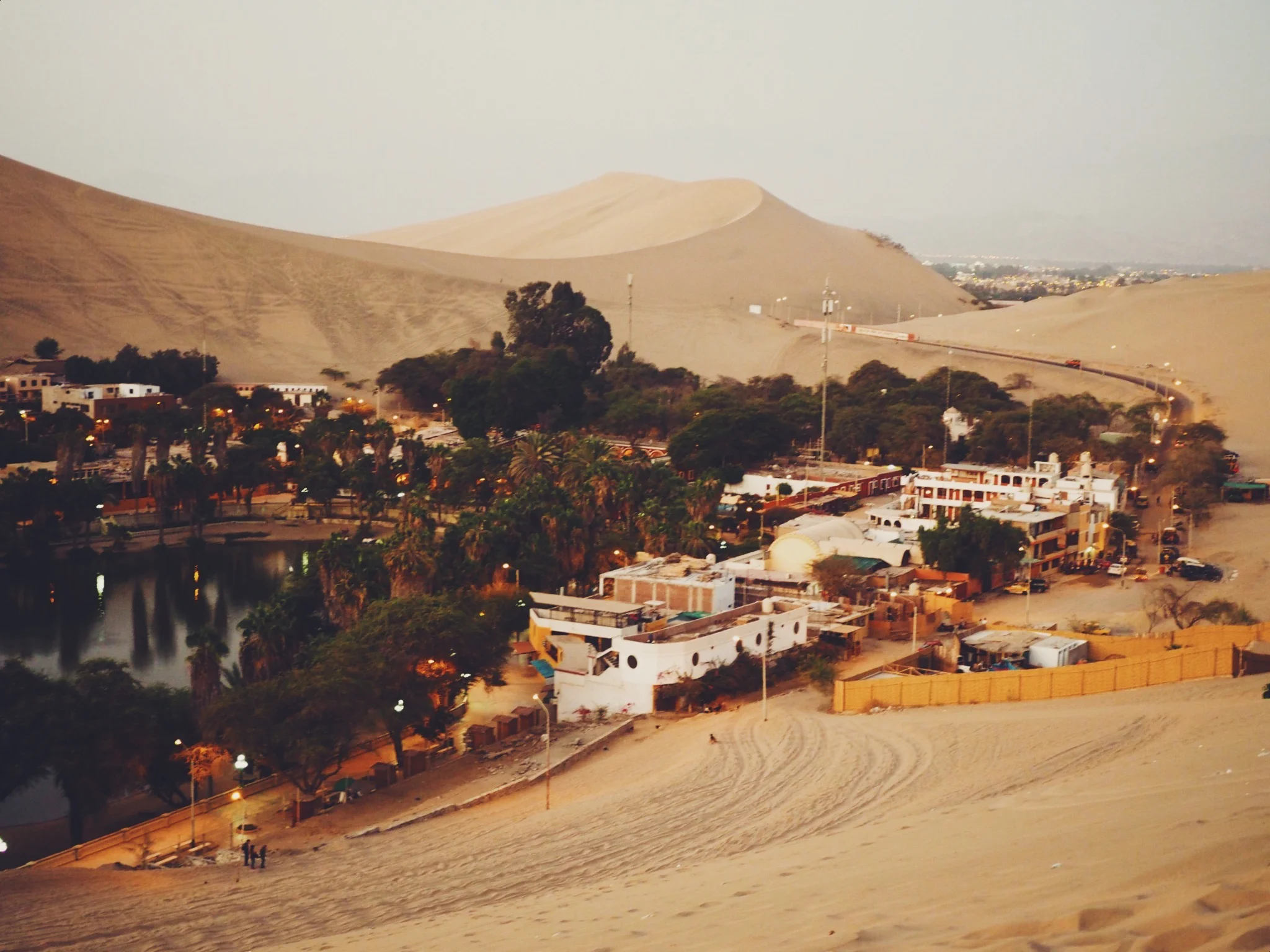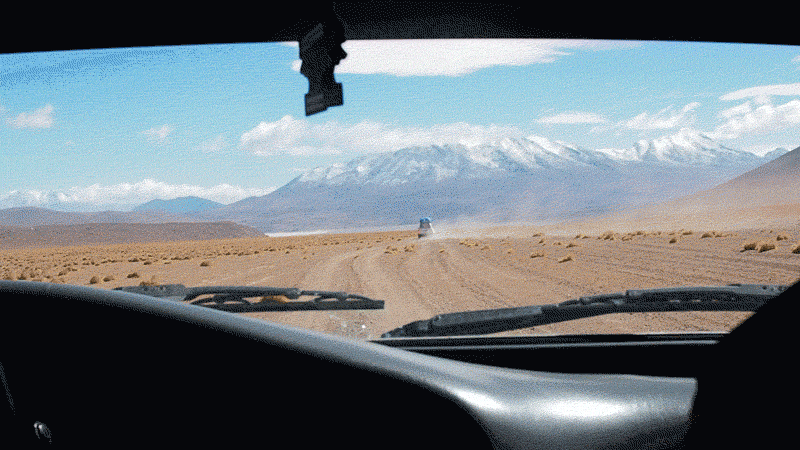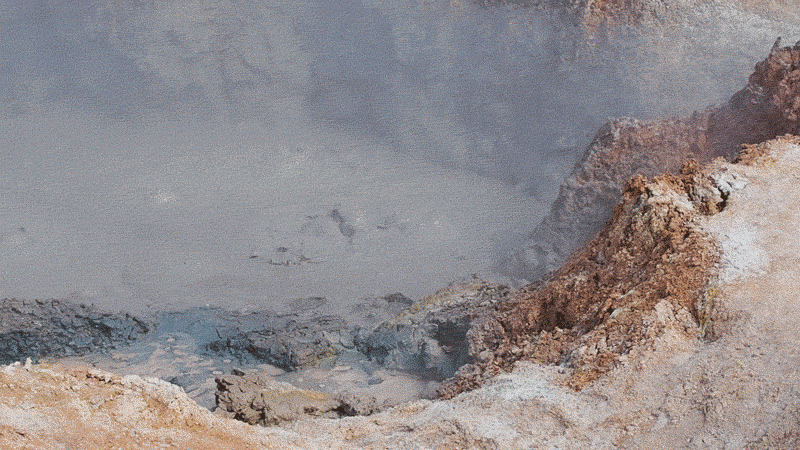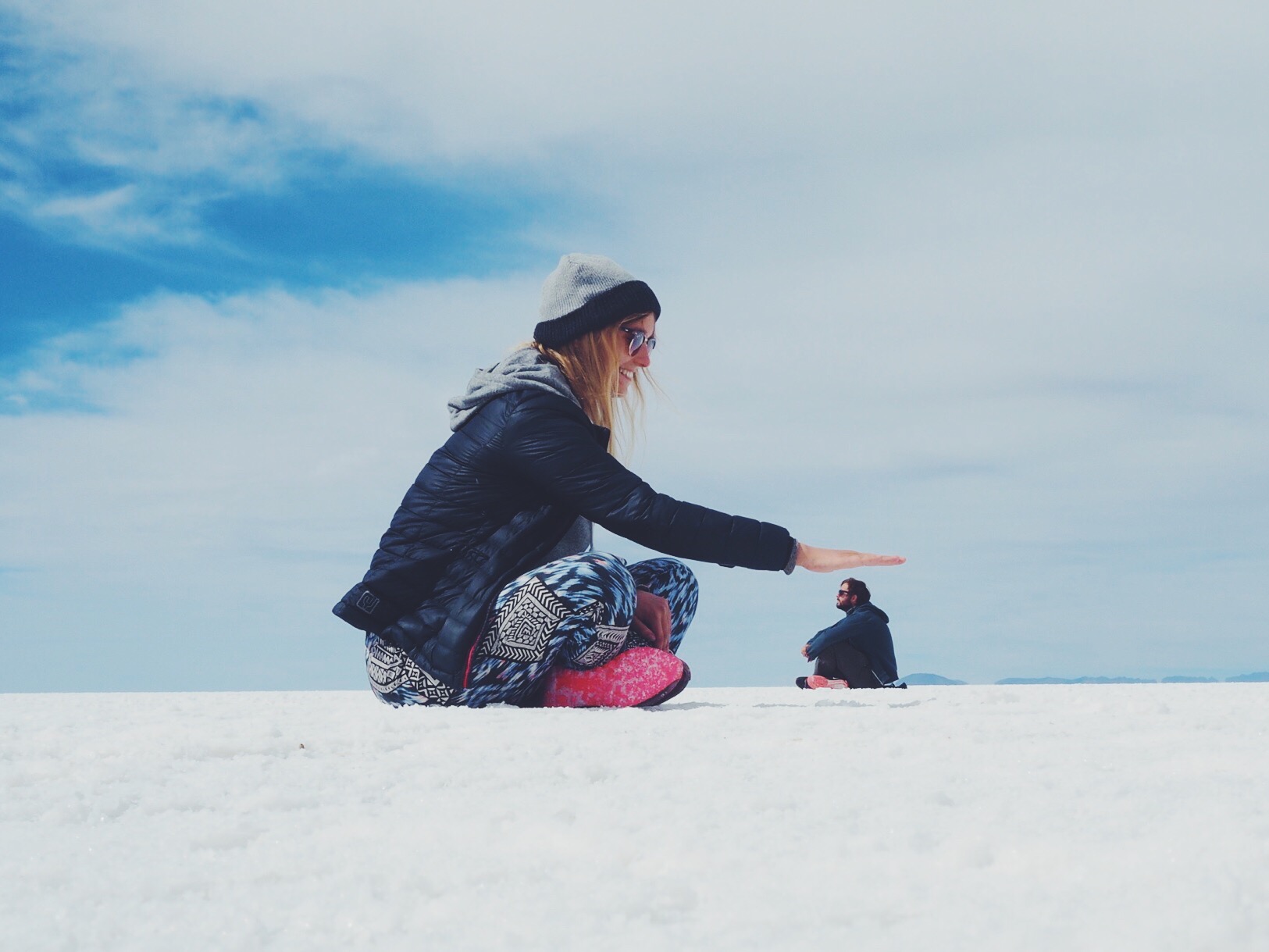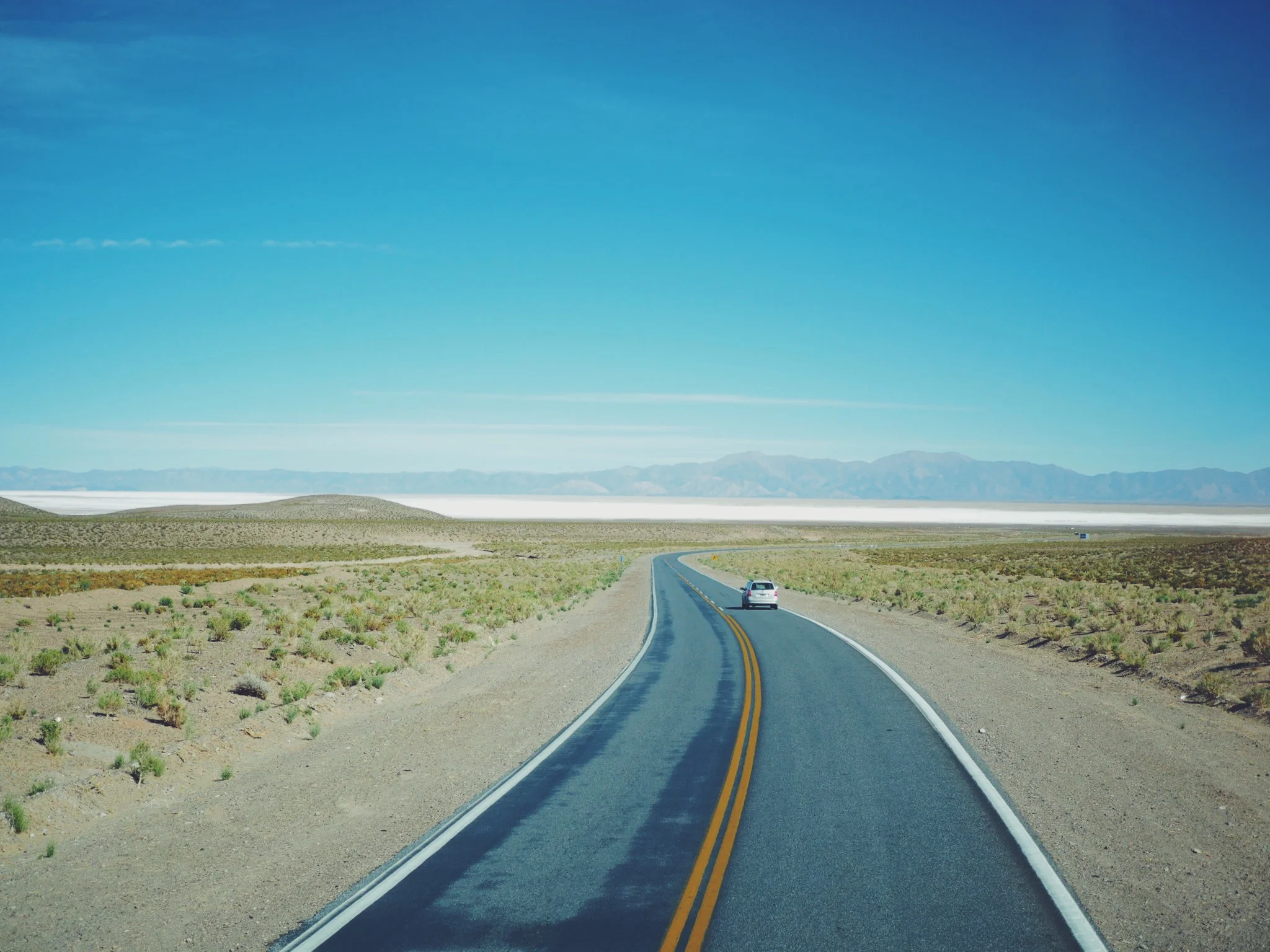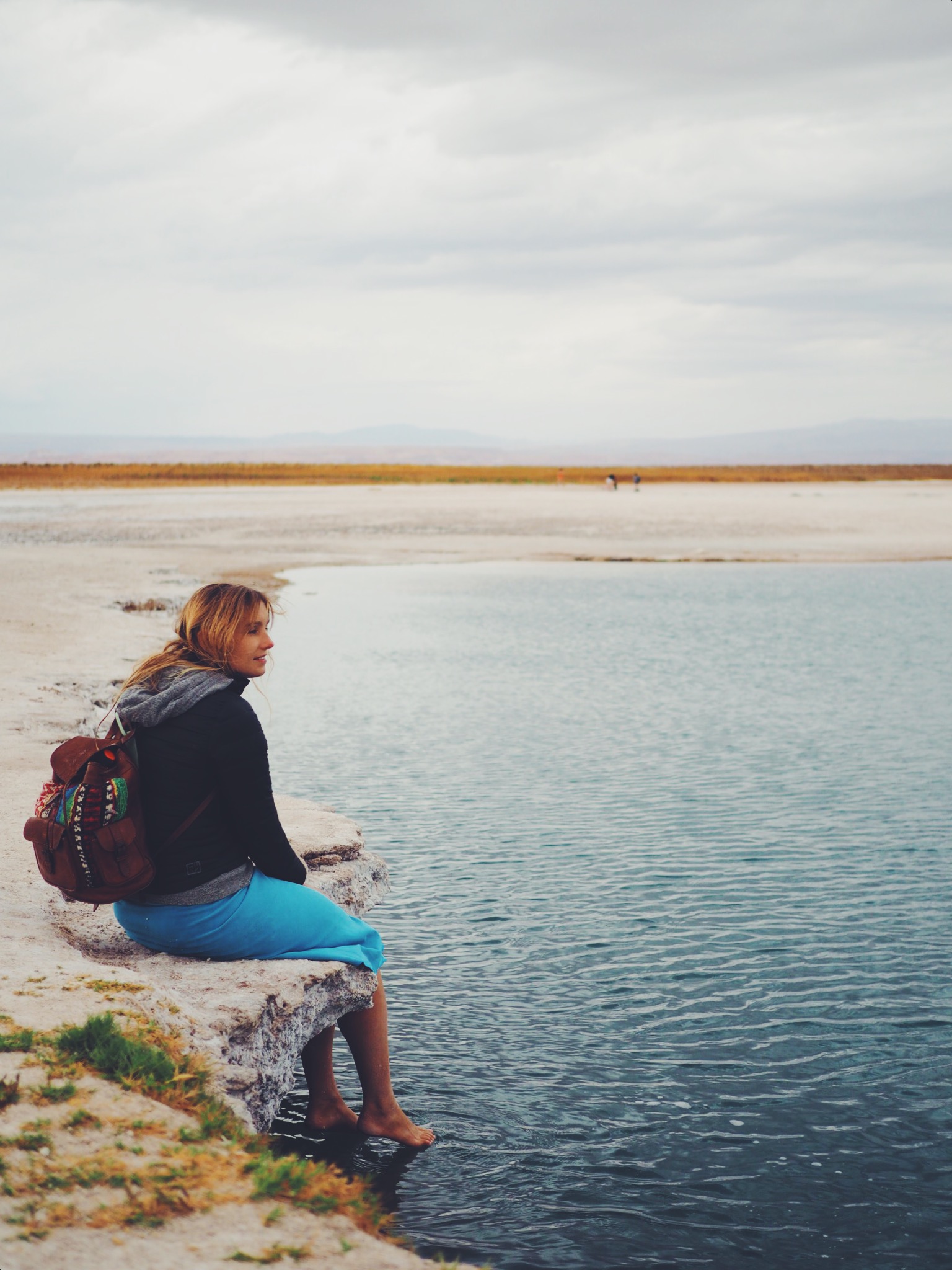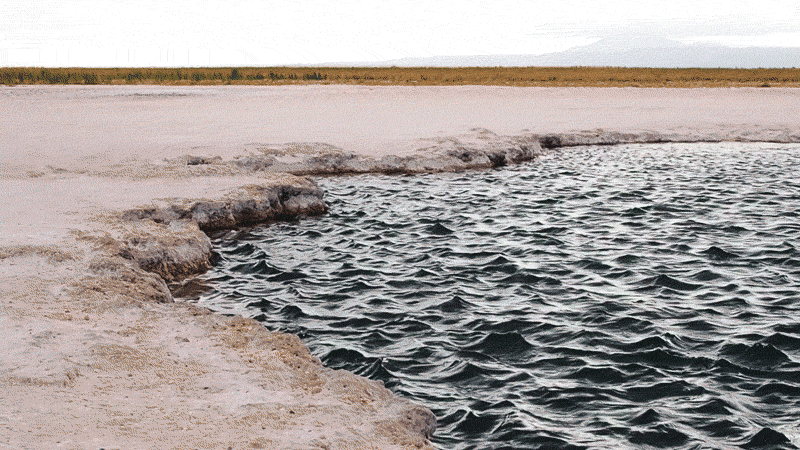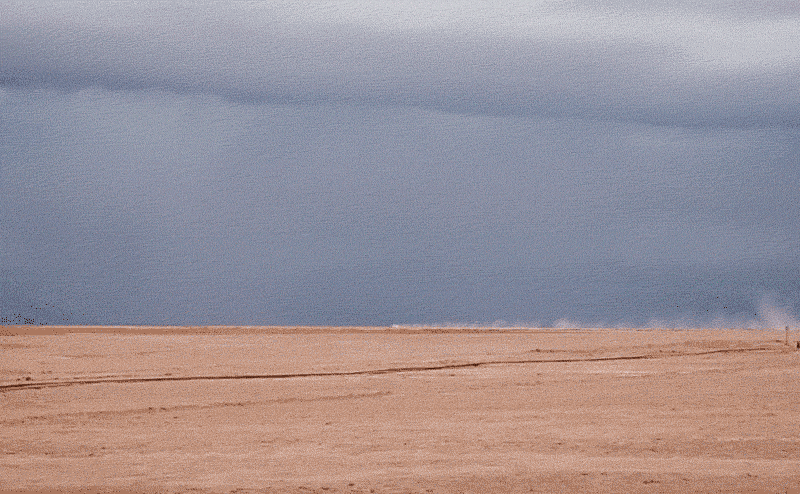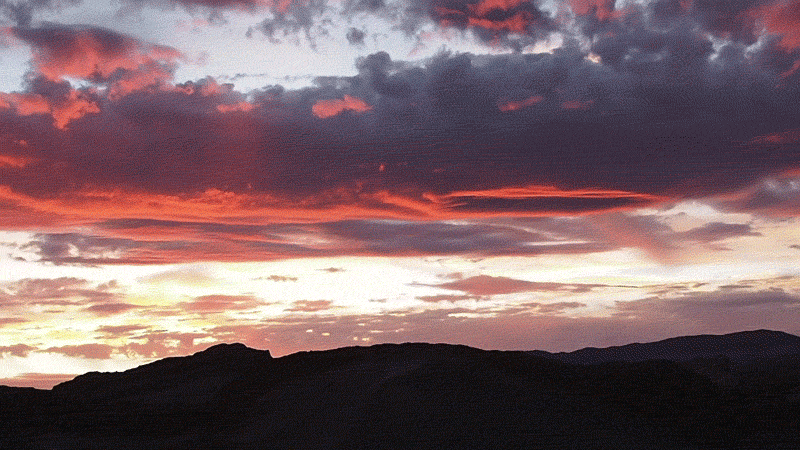Huacachina
After an incredible trek in the Colca Canyon, we continued our travels in Peru northbound towards Huacachina, a small desert oasis just outside the city of Ica. Huacachina is famous for its huge golden sand dunes, and is therefore a popular place to do sand boarding and dune buggy tours in the surrounding desert. To get there we took a night bus from Arequipa, with a short wait at Nazcar (which we decided to skip) before continuing up through Peru passing small dusty towns and dry, rocky landscapes. After arriving in the connecting city of Ica we took a short cab ride to Huacachina in time for a late breakfast.
After doing a bit of research on Huacachina, and with relatively few options available, the best choice for accommodation in the area was Bananas Hostel, a lively place complete with a pool (which was surprisingly cold!) and a very social circular bar/restaurant serving a selection of decent western food and cocktails. The rooms were built from bamboo and reeds, and the sand and pebble floor around the hostel completed the beach vibe. It was a great place to chill, soak up some desert sun and chat to other travellers en route through Peru.
After arriving we decided to wander through the town, which is situated around a small central lake padded with grasses and reeds. Even though the lake wasn't suitable for swimming, the enormous surrounding dunes made for a very dramatic backdrop; it looked exactly how you'd imagine a desert oasis to be! We wandered around the lake and down a few streets in the town to check it out, but found our hostel actually had the best food and a more lively atmosphere.
Another perk of staying at the hostel is that an activity or meal is included in the (seemingly expensive) price. On the first night we opted for the BBQ, which was a delicious combo of chicken wings, steak and sausages with salad and veg. It was a great opportunity to meet other travellers and chat about their experiences, and get tips on our upcoming destinations. That night we booked onto the dune buggy tour for the following day, and settled in for a few beers around the bar.
Dune Buggy Tour
On our second day we prepared for our buggy tour through the massive sand dunes surrounding the oasis. The tour didn't started until 4pm, and so we managed to get some relaxing pool time in, and by the time we were due to leave luckily the desert heat had subsided. We hopped onto the reinforced steel buggy parked outside our hostel with about 8 others, and strapped in using the heavy duty seat belts. The driver slowly eased through the town in a convoy of other buggies until we reached the entrance to the dunes.
From that point on things got a lot more intense, and as we climbed up the first mountainous dune we realised we were in for an exciting ride. We hit the peak of the first ridge and plummeted down the steep sand dune at speed, evoking shrieks from ourselves and the fellow passengers (and much to the drivers amusement!). As we continued we began to pick up even more speed, and flew over small and large humps, down steep dips and even got some air over the sharper ramps - it was a lot of fun!
We then stopped at the top of a large sand dune and got some pictures of the incredible desert surroundings that stretched for miles, with orange and pink tones created by the setting sun. The driver then began to unload the sand boards from the back of the buggy, and after waxing them up we attempted our first descent. We were a little rusty during the first couple of goes, but after persevering (and a few very sandy tumbles!) we started to get the hang of it, and Stefs snowboarding skills came into their own!
After the first dune we were met with two more, the last one being even higher and steeper that the previous two. At this point most people decided to go down on their stomachs, getting huge amounts of speed down the steep dune. This was actually equally as fun, and allowed you to gain even more speed. Some people dug their legs into the sand to slow down, where as others ripped down as fast as they could with zero friction, covering a good 30 meters past the slope before stopping.
Once we had complete all 3 dunes we got back into the buggy and made our way through more gentle sandy mountains with the sun setting in the distance. We parked up with a load of other buggies to see the sunset view of Huacachina and the lake from above, with the city lights of Ica in the distance. We found the town looked much more appealing from above, and with the surrounding scenery and setting sun, it was a picturesque way to end the tour. As it got dark we slowly convoyed back to the town and to our hostel, feeling very sandy but also very satisfied with the days activities.
Having 3 days in Huacachina felt like more than enough time to both relax and take advantage of the sand boarding and buggy tours that make the place so popular. Although the town lacked culture and soul, the activities on offer more than made up for it, and we found it to be a great stop-off for any backpacker who enjoys a bit of sand, sun and excitement. Bananas Hostel was perfect base to chill for a few days, and having been to many culture-rich places in Peru during the past month we didn't feel too guilty about the gringo-heavy scene and western food. We took another long bus up the north-west coast of Peru, excited to have Ecuador and the Galápagos Islands closely in our sights.








